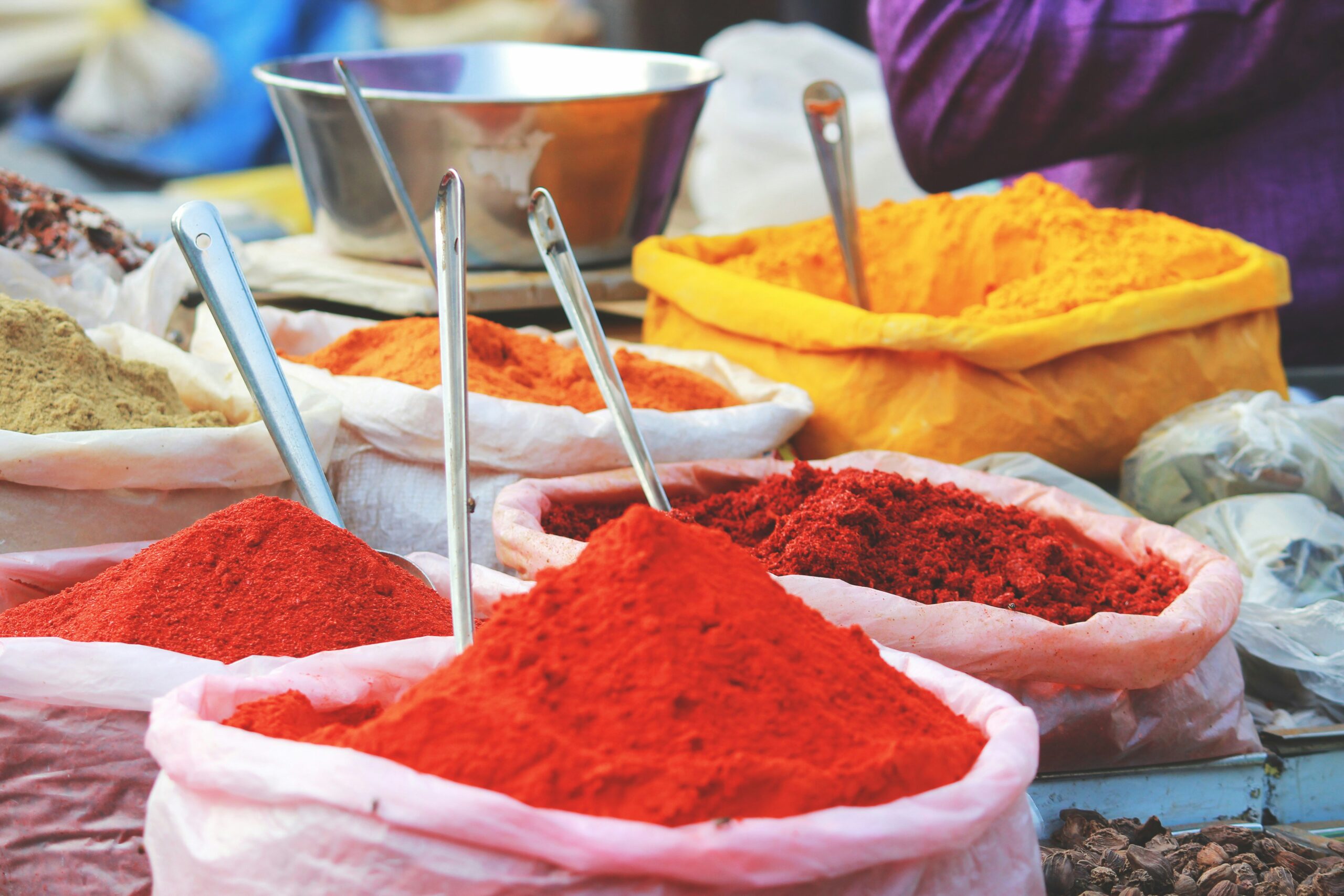India is a vibrant, diverse country with a rich cultural heritage that attracts millions of visitors each year. Whether you’re embarking on an India luxury travel experience or backpacking on a budget, understanding cultural etiquette is essential to ensure a smooth and enjoyable trip. In this article, we’ll explore some key aspects of cultural etiquette that every visitor to India should know.
Dress Appropriately
When visiting India, it’s important to dress modestly, especially when entering religious sites or attending formal events. Women should avoid short skirts, shorts, and revealing tops, opting instead for loose-fitting clothing that covers the shoulders and knees. Men should wear long pants and shirts with sleeves. Remember, dressing appropriately shows respect for local customs and helps you blend in with the culture.
Remove Shoes Before Entering Homes and Temples
In Indian culture, it’s customary to remove your shoes before entering someone’s home or a place of worship. This practice is rooted in the belief that shoes are unclean and should not be worn in sacred or personal spaces. Many temples and mosques provide shoe racks or cubbies where you can leave your footwear before entering.

Greet with “Namaste”
“Namaste” is a traditional Indian greeting that involves pressing your palms together in front of your chest and bowing slightly. It’s a respectful way to say hello or goodbye and is widely used throughout the country. When in doubt, a simple “Namaste” can help you navigate social interactions with ease.
Eat with Your Right Hand
In India, the left hand is considered unclean as it is traditionally used for personal hygiene. When eating, always use your right hand to pick up food and bring it to your mouth. If you’re unsure about local dining customs, observe others around you or ask for guidance from your travel companions or hosts.
Respect Religious Customs
India is home to a diverse array of religions, including Hinduism, Islam, Sikhism, and Buddhism. When visiting religious sites, be mindful of local customs and traditions. For example, in Hindu temples, it’s common to walk clockwise around the main shrine, while in Sikh gurudwaras, visitors are expected to cover their heads and remove their shoes. Research the customs of the specific sites you plan to visit to ensure you’re prepared.
Be Mindful of Public Displays of Affection
Public displays of affection, such as kissing or prolonged hugging, are generally frowned upon in Indian culture. While attitudes may be more relaxed in larger cities, it’s best to err on the side of caution and keep displays of affection minimal in public spaces. Holding hands or linking arms with your significant other is usually acceptable.
Haggling is Expected
In markets and bazaars, haggling is a common practice. Don’t be afraid to negotiate prices, as vendors often start with a higher price expecting you to bargain. However, be respectful and don’t push too hard if the seller is unwilling to lower the price further. Remember, a friendly smile and a polite demeanor can go a long way in securing a good deal.
By following these cultural etiquette guidelines, you’ll demonstrate respect for Indian customs and traditions, making your visit more enjoyable and meaningful. Whether you’re exploring the grandeur of the Taj Mahal or immersing yourself in the bustling streets of Delhi, embracing local etiquette will help you forge deeper connections with the people and places you encounter on your Indian adventure.
You may also like
Discovering the Magic of the Maldives
The Essence of Costa Rica: Cultural Insights and Travel Experiences
Unveiling the Authentic Cuba: A Guide to the Road Less Traveled
